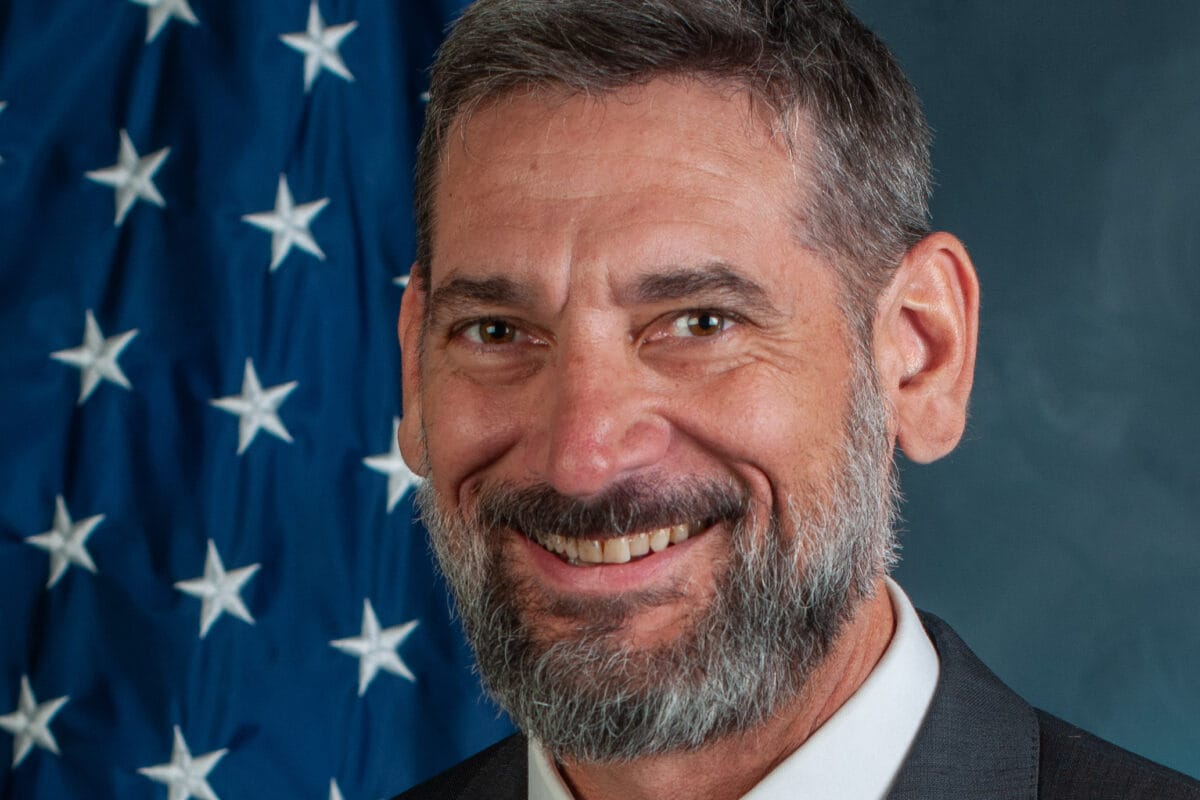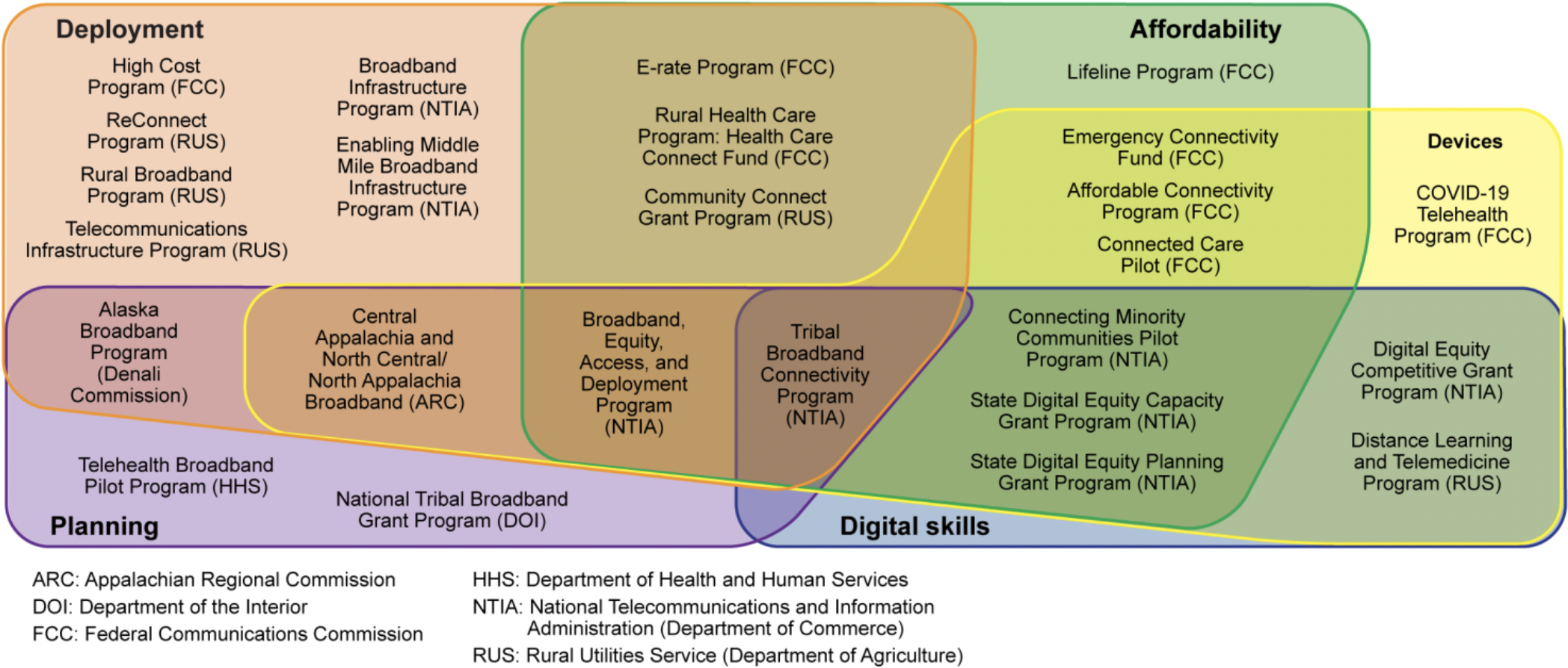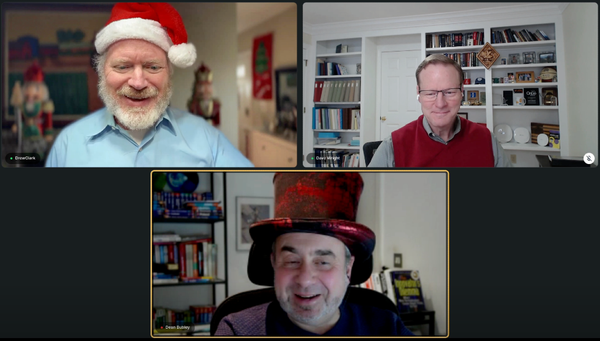Lawmakers and GAO Call for National Strategy to Address ‘Fragmented’ Broadband Programs
The GAO report identified 25 different broadband-focused funding programs, but some lawmakers argued that all are important.
Em McPhie

WASHINGTON, May 11, 2023 — House lawmakers on Wednesday called for the creation of a unified national broadband strategy, highlighting a newly released Government Accountability Office report that called the existing array of broadband programs “fragmented and overlapping.”
“New funding has targeted gaps that previous programs have not been able to fill… But this fragmentation and overlap has created challenges for the agencies and for the potential recipients of the funding,” said Andrew Von Ah, GAO’s director of physical infrastructure, at a hearing of the House Oversight and Investigations Subcommittee.
The GAO report identified 25 different broadband-focused funding programs and more than 100 additional programs that could potentially or conditionally be used to support broadband access. While some larger federal agencies have been able to effectively limit duplicative support across their respective programs, their flexibility is often limited by statutory variations, Von Ah said.
“For potential recipients of federal funding, the challenges are even more acute,” Von Ah added. “They must navigate a complex web of eligibility requirements, definitions and deadlines that vary across all the programs… and applying to multiple federal programs can be costly.”

Graphic courtesy of GAO
In 2022, GAO recommended that the National Telecommunications and Information Administration develop legislative proposals for better program alignment and that the White House should develop a national broadband strategy. These recommendations have not yet been implemented, Von Ah said.
Throughout the hearing, lawmakers from both sides of the aisle noted that despite the many federal programs, millions of Americans still lack access to broadband.
“A national strategy is needed… and strong leadership to coordinate all of these agencies’ spending on broadband access is needed,” said Rep. Morgan Griffith, R-Va., chair of the subcommittee.
Ranking Member Kathy Castor, D-Fla., advocated for “reconciling programmatic differences and deadlines that may make it too burdensome for applicants to take full advantage of the complementary programs available to tackle the issue.”
However, Castor defended the range of programs, emphasizing the complex challenges associated with closing the digital divide — and the urgency of solving them.
“A multifaceted problem like this requires multifaceted solutions that leverage expertise from a variety of agencies and stakeholders,” she said. “This helps explain why there are so many important broadband initiatives that support a variety of funding recipients and regions and scopes and approaches.”
Programs created by the Infrastructure Investment and Jobs Act and the Digital Equity Act have already driven important progress in narrowing the digital divide, said Angela Siefer, executive director of the National Digital Inclusion Alliance.
In addition to supporting a national broadband strategy, Siefer recommended that the government create a national digital inclusion strategy “to capture and leverage the momentum we are experiencing today.” This digital inclusion strategy should strengthen local efforts, support public-private partnerships and designate a coordinating body to facilitate efforts across federal agencies, she said.
As government agencies work to find the best approach to streamlining broadband funding programs, Siefer emphasized the short-term importance of extending the Affordable Connectivity Program.
“We can’t get to a longer-term solution if ACP just stops,” she said, pointing out that more people lack broadband because of affordability issues than because of availability issues.









Member discussion